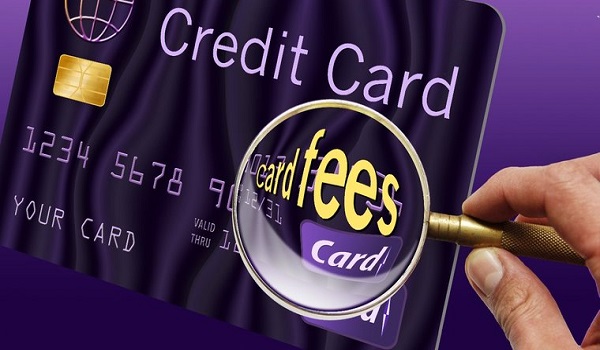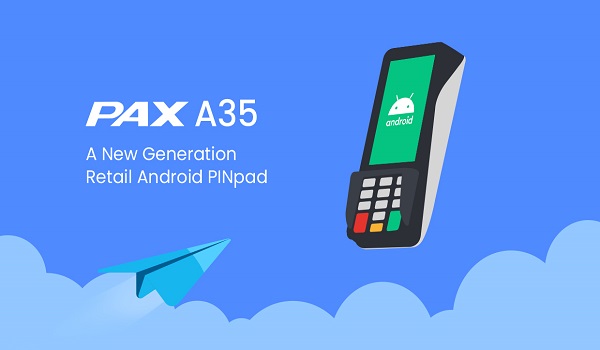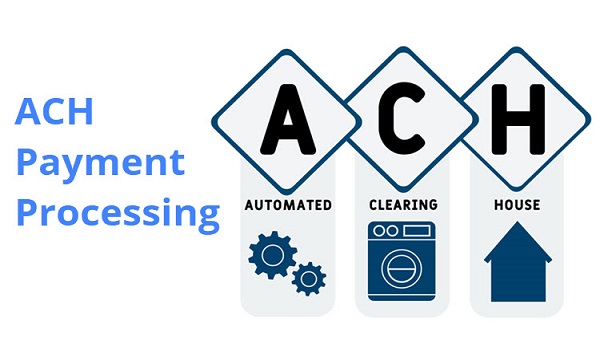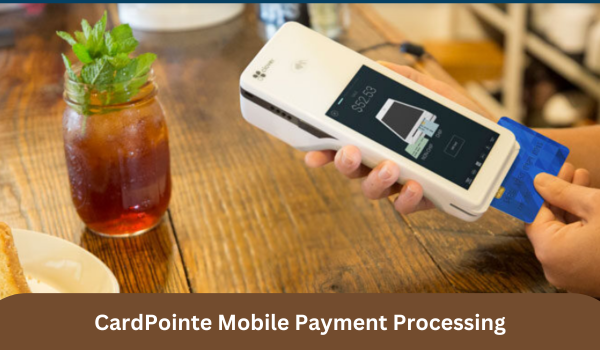
Retail POS software features
Retail POS software is a computer program specifically designed for retailers to manage their point of sale (POS) transactions and streamline their operations. It typically includes features such as barcode scanning, inventory management, sales tracking, customer management, payment processing, and reporting. Retail POS software helps retailers improve efficiency, accuracy, and customer service by automating various aspects of the sales process and keeping all transaction data easily accessible.
Retail POS software some common features
Retail POS (Point of Sale) software is a crucial tool for managing and facilitating sales transactions in retail businesses. Here are some common features of retail POS software:
- Multi-store management: If you have multiple retail locations, the software should have the ability to centrally manage all store operations, including inventory, pricing, and promotions. This ensures consistency and enables better control over your retail chain.
- CRM integration: Integration with customer relationship management (CRM) systems allows you to have a unified view of your customers' data, including their purchase history, preferences, and contact details. This helps you deliver personalized experiences and targeted marketing campaigns.
- Loyalty and rewards programs: The software can include loyalty program management capabilities, enabling you to create and manage loyalty and rewards programs for your customers. This encourages repeat enterprise and client loyalty.
- E-commerce integration: If you have an online store, integration with e-commerce platforms allows you to sync inventory, orders, and customer information between your retail POS software and online store. This provides a seamless omni-channel experience for your customers.
- Mobile payments: Integration with mobile payment solutions such as Apple Pay, Google Pay, and other digital wallets enables customers to make payments using their smartphones or other mobile devices, enhancing convenience and speed of transactions.
- Offline capability: Retail POS software that offers offline mode allows you to continue processing sales even when you don't have internet connectivity. This is especially useful in case of network outages or when conducting sales at outdoor events or pop-up shops.
- Advanced analytics and forecasting: Some retail POS software includes advanced analytics features that provide in-depth insights into sales trends, product performance, and customer behaviour. This can help you make data-driven decisions, optimize inventory levels, and forecast future sales.
- Integration with accounting software: Integration with popular accounting software such as QuickBooks or Xero allows for seamless synchronization of sales, inventory, and financial data. This simplifies your bookkeeping processes and ensures accurate financial reporting.
- Gift card management: The software can have functionality for managing and tracking gift card sales, redemptions, and balances. This enhances customer satisfaction and provides an additional revenue stream.
- Customizable reporting: The ability to generate customized reports and create customized dashboards allows you to analyze data specific to your business needs. You can track key performance indicators (KPIs), monitor sales performance, and gain deeper insights into various aspects of your retail operations.
How to enhance efficiency in retail POS software
To enhance efficiency in retail POS software, you can consider the following strategies:
- Integrate with other systems: Ensure that your retail POS software integrates seamlessly with other systems such as inventory management, accounting, and e-commerce platforms. This integration reduces manual data entry and streamlines processes.
- Implement barcode scanning: Barcode scanning minimizes human errors and speeds up the checkout process. Ensure that your retail POS software supports barcode scanning and invest in reliable barcode scanners for optimal efficiency.
- Use mobile POS devices: Implementing mobile POS devices allows sales staff to assist customers on the sales floor, reducing wait times and improving customer service. Mobile POS devices enable faster transaction processing and inventory lookup.
- Automate inventory management: Make use of automatic replenishment and suggested reorder features available in retail POS software. This streamlines the inventory management process, prevents stockouts, and reduces manual effort.
- Utilize cloud-based solutions: Cloud-based retail POS software enables real-time data access from anywhere, on any device. This facilitates remote management, inventory visibility across multiple locations, and seamless backups.
- Train employees and provide ongoing support: Properly train your staff on using the retail POS software efficiently and effectively. Provide ongoing support to address any issues or questions they may have, and keep them updated on any software enhancements or new features.
- Streamline checkout processes: Configure your retail POS software to minimize unnecessary steps during the checkout process. Customize the interface to display commonly sold items or frequently used functions prominently for quick access.
- Use smart analytics and reporting: Leverage your retail POS software's reporting and analytics capabilities to gain insights into sales patterns, inventory turnover, and customer behavior. Analyze this data to make informed decisions on pricing, promotions, and inventory management.
- Regularly update software and hardware: Ensure that both your software and hardware components are up to date. Regular software updates help fix bugs, improve security, and add new features. Similarly, upgrade hardware components like barcode scanners, receipt printers, and cash registers to optimize performance.
- Implement an efficient returns and exchanges process: Configure your retail POS software to handle returns and exchanges smoothly. Simplify the process and provide clear guidelines to both staff and customers to minimize confusion and time spent at the point of return.
By implementing these strategies, you can enhance the efficiency of your retail POS software and improve overall operations in your retail business.
Different types of invoicing used in retail POS software
- Standard Invoicing: With a POS system, you can generate standard invoices for your customers. These invoices typically include the customer's name, contact information, purchased items, quantity, price, and any applicable discounts or taxes.
- Split Invoicing: Some POS systems allow you to split invoices, which is useful for customers who want to divide the total amount between multiple payment methods or individuals. For example, a group of friends dining together can split the bill evenly or choose to pay for their own portion separately.
- Recurring Invoicing: If your business offers recurring services or subscriptions, a POS system can automate the creation and delivery of recurring invoices. This is particularly useful for membership-based businesses or companies that provide ongoing services on a regular basis.
- Partial Payment Invoicing: In some cases, customers may not be able to pay the full amount at once. A POS system can generate invoices that allow for partial payments, where customers can make a partial payment upfront and settle the remaining balance at a later date.
- Online Invoicing: Many POS systems integrate with online payment gateways, enabling you to send invoices electronically to customers. Customers can then make payments conveniently using various online payment methods, such as credit cards or digital wallets.
- Customizable Invoicing: POS systems often provide customization options for invoices, allowing you to add your company logo, branding elements, and specific terms or notes. This helps to create a professional and personalized invoice that aligns with your business identity.
- Multi-Language Invoicing: For businesses operating in multilingual environments or serving customers from different language backgrounds, a POS system with multi-language support can generate invoices in multiple languages to cater to diverse customer needs.
- Mobile Invoicing: Some POS systems offer mobile invoicing capabilities, allowing you to generate and send invoices directly from a smartphone or tablet. This is especially useful for businesses that operate on-the-go or have remote sales teams.
- Integration with Accounting Software: POS systems can integrate with accounting software like QuickBooks or Xero, automatically syncing invoices and financial data between the POS system and accounting software. This streamlines the process of recording sales and simplifies bookkeeping tasks.
- Automatic Invoice Generation: With a POS system, you can automate the process of generating invoices, saving time and reducing the chance of manual errors. Invoices can be generated instantly at the time of purchase or scheduled to be generated on a specific date or interval.
These are just a few examples of the different types of invoicing possible with a POS system. The specific invoicing features may vary depending on the POS system you choose for your business. It's important to evaluate your unique invoicing needs and select a POS system that offers the functionality that aligns with your requirements.
Conclusion
Retail POS Software is a comprehensive tool used by retailers to manage their point-of-sale operations. It includes features such as point-of-sale processing, inventory management, customer management, payment processing, reporting and analytics, and integration with other systems. These features work together to streamline retail operations, improve efficiency, track sales and inventory, enhance customer service, and provide valuable insights for informed decision-making. Retail POS Software is essential for retailers of all sizes to maintain smooth and organized in-store transactions and effectively manage their business.









